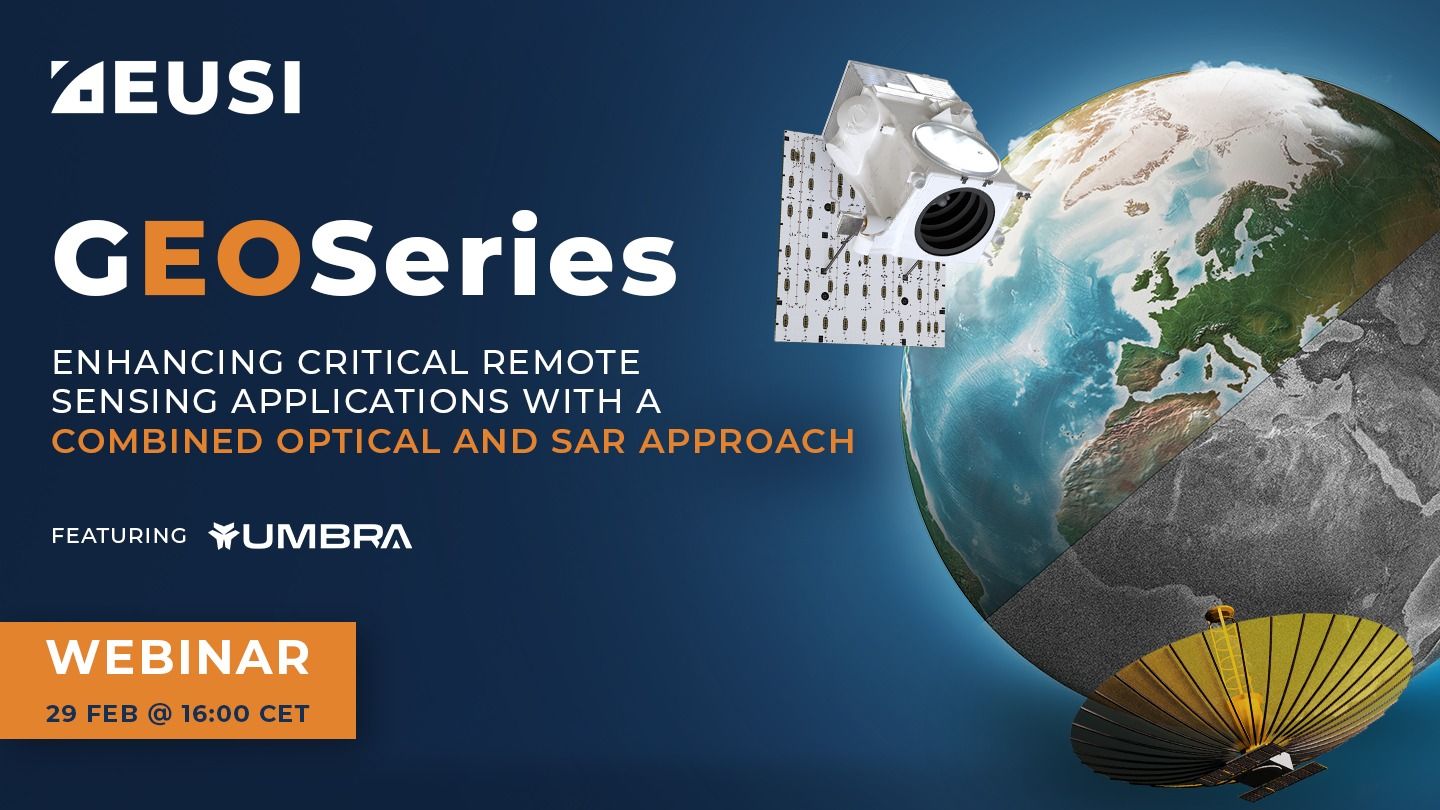february, 2024

Event Details
EUSI is joined by Umbra in exploring the opportunities to gain holistic insights of ongoing situations through EUSI’s combined tasking of the world’s highest resolution optical and Synthetic
more
Event Details
EUSI is joined by Umbra in exploring the opportunities to gain holistic insights of ongoing situations through EUSI’s combined tasking of the world’s highest resolution optical and Synthetic Aperture Radar (SAR) satellite imagery. While both datasets have been widely used in civil, commercial and security applications, never could users schedule synchronized collections of 25 cm SAR and 30 cm Near Real-Time optical imagery to mitigate weather and gain deeper insights of events unfolding on the ground.
Responding to events on the ground requires time-critical intelligence from space.
- What evacuation routes are currently blocked?
- How many cargo planes are on the runway?
While VHR optical imagery can provide you with ample visual details, it falls short at night or in cloudy weather. SAR satellites can see through the clouds and darkness to provide guaranteed images of unfolding events.
In this webinar, we will discuss the latest in SAR technology with Umbra and how to schedule “Double Shot” tasking with EUSI, so you always get the insights you need regardless of conditions.
Time
(Thursday) 4:00 pm - 5:30 pm





